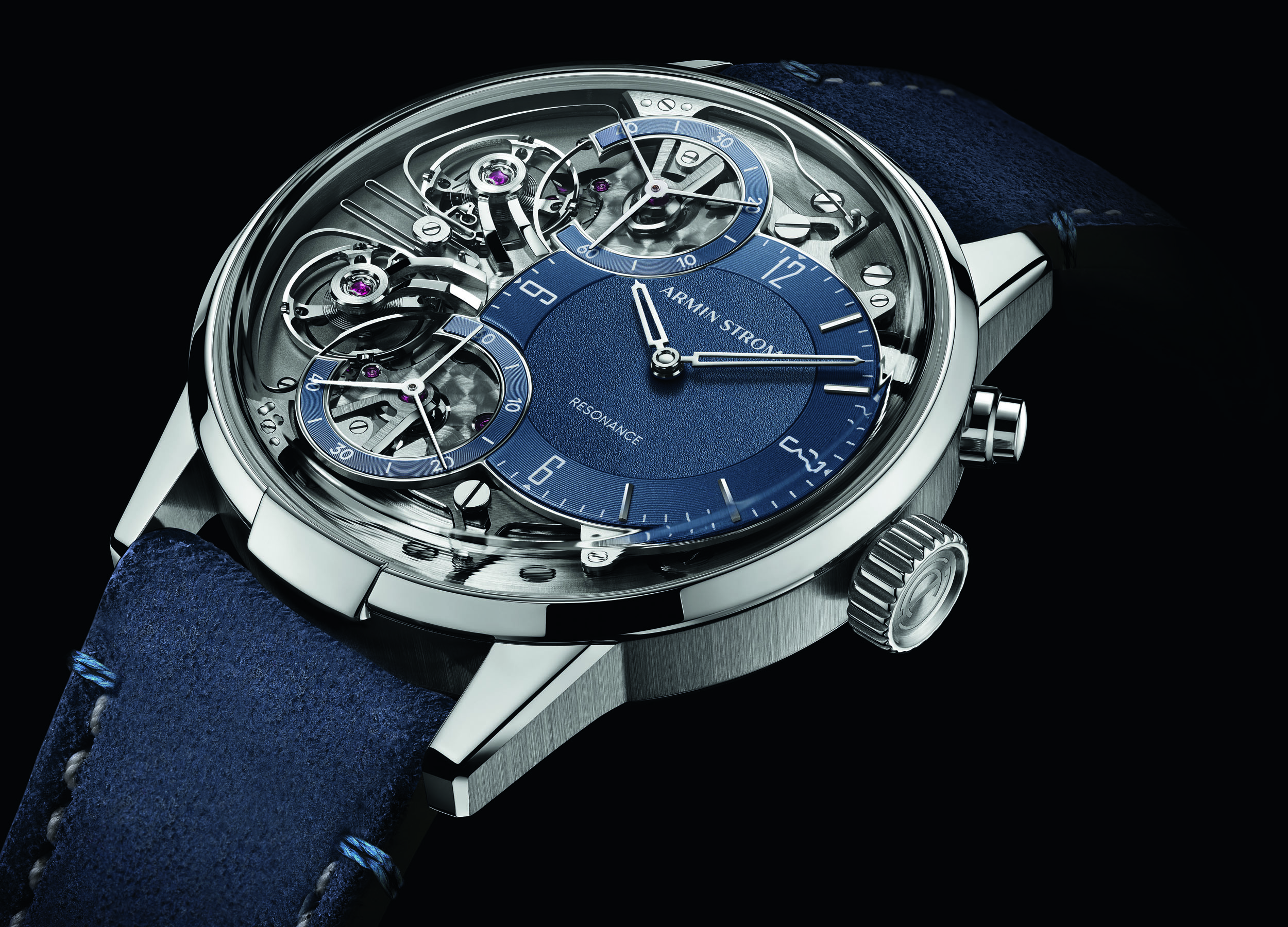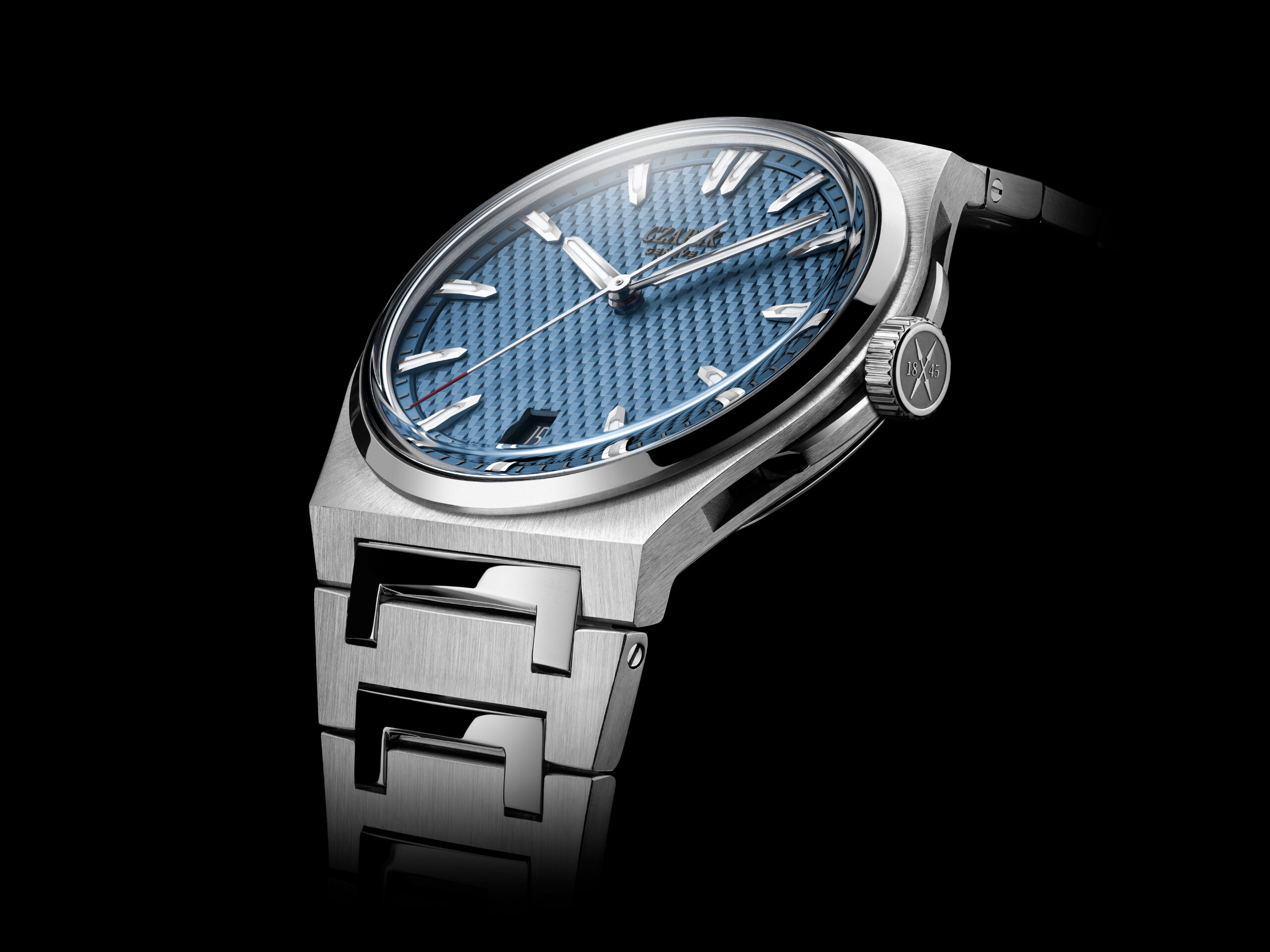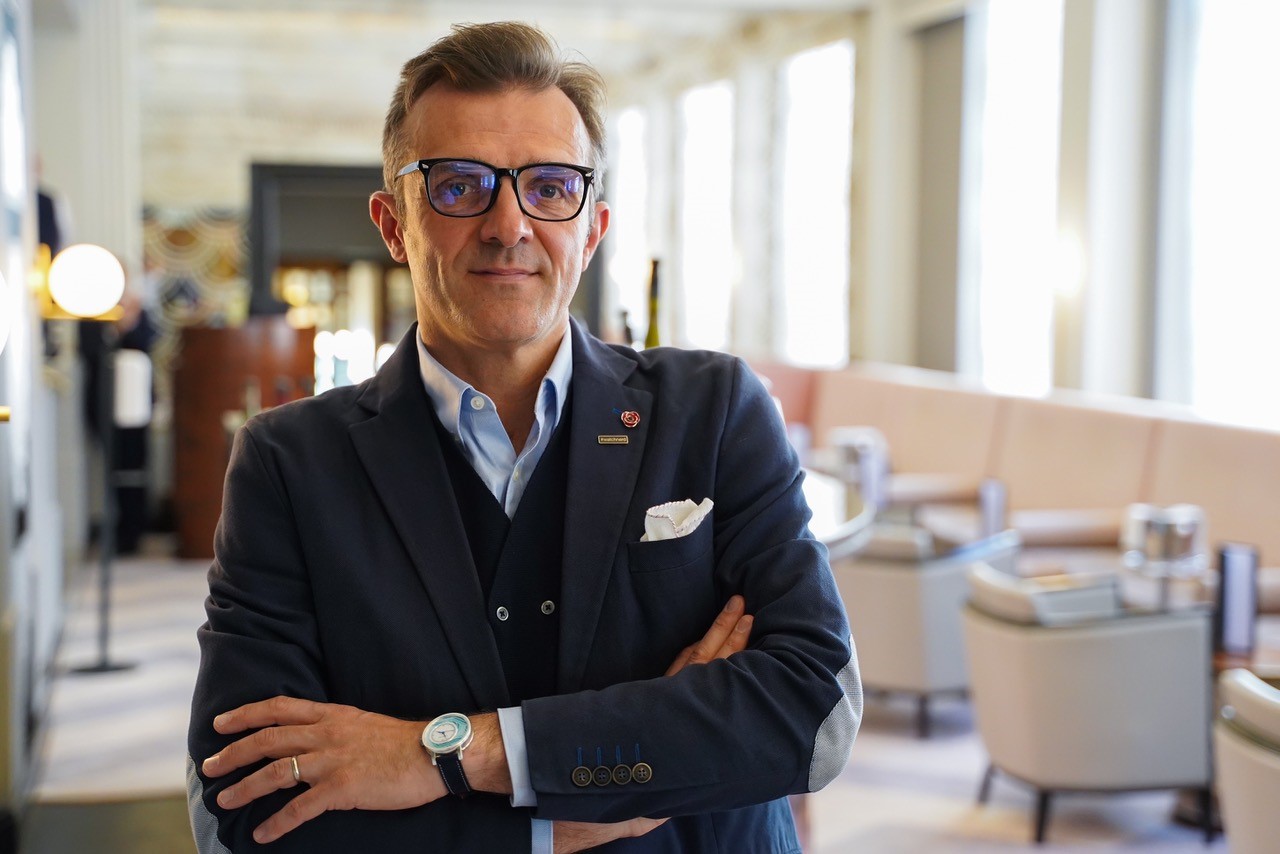Ten years of toiling with often overlooked independent watchmakers is paying off for Pietro Tomajer at The Limited Edition as demand for artisans soars.
It has been a long, and sometimes lonely, journey for Pietro Tomajer building The Limited Edition, a British business that has been educating collectors around the world about the beauty and intricacy of independent watchmaking for the past decade.
In its early years, TLE and Mr Tomajer must have felt they were constantly pushing water uphill. The market for independent watchmakers was so small in the UK, that major retailers including Marcus on Bond Street and prestige department store William & Son closed down because they could not turn a passion for artisan horologists into viable businesses in Mayfair. Art in Time, a specialist in indie watchmakers in Monaco, pulled back from a plan to open in London a few years’ ago.
Today’s hottest indies, the likes of F.P. Journe, MB&F, Gronefeld and Laurent Ferrier, were unable to keep even a toehold in the UK as the biggest retailers narrowed their focus to the blockbuster brands of Rolex, Patek Philippe, TAG Heuer and Omega.
TLE stepped in when others were retreating, a measure of the Latin passion, and perhaps stubbornness, that Italian Mr Tomajer brings to the independent sector.
It was far from easy in the early days. The Limited Edition, as the name suggests, focused on rare, hard to find, watches. But these were not pieces that sold themselves in the way that some do today. The marques had virtually no brand recognition, with even global sites like Hodinkee and (shamefully) WatchPro, giving very little time or attention to them.
The market for indies was transformed by the lock downs of 2020. Starved of the freedom to spend fortunes on 5-star holidays and 3-star Michelin restaurants, high net worth individuals spent their forced confinement browsing and shopping online.
Many already had a casual interest in watch collecting but found they could not easily buy from the likes of Audemars Piguet, Patek Philippe and Rolex. These brands either would not sell online, or had no stock because their manufacturing had shut down in the early months of the pandemic.
There was also a growing sense that the most interesting watchmaking was taking place away from these mega brands, and sites like The Limited Edition and others such as A Collected Man and WatchBox Studio, were providing insight and education into the independents.
A couple of clicks away from the industrial brands was a relatively undiscovered world where the likes of H. Moser & Cie., MB&F, HYT, Urwerk, Philippe Dufour, F.P. Journe and De Bethune were lurking.
Demand took off and, because production numbers are so low for these artisan independents, it quickly became difficult to buy their watches. Nothing drives up demand more quickly than scarcity so, as waiting lists grew, the super-rich wanted the watches even more.
The Limited Edition suddenly found itself in a sweet spot. It was investing in editorial content about the indies while developing the direct-to-consumer retail side of its business.
The website and social media are central to its educational mission, but Mr Tomajer discovered that personal service and face-to-face meetings with collectors were what drove sales. The company now has a team of 15 people, most of them experts in the indies that the business promotes, who are in constant contact with a community of around 1,000 collectors who rely on TLE to provide advice, and also to secure hand-to-find watches.

Content is under the leadership of Johnny McElherron, editor of TheWatchPress.com, and an independent brands specialist. He also oversees the International Festival of Time in Waterford, Ireland, which presents artisan indies to that market.
TLE does not have a store, and has no intention of opening one, but Mr Tomajer does hope to have some sort of private showroom where collectors can come and see the latest horological wonders in an informal, but luxurious environment.
That will replace his current “shop front”, a private members club in Mayfair, where the team holds private meetings or small events that bring together watchmakers and collectors. Off-street lounges are the model he hopes to follow.
“We do not want the overhead or complexity of running a store. We want to be entirely focused on maintaining relationships with the greatest watchmakers, and bringing them to the attention of our collector community. A shop would be a distraction,” Mr Tomajer tells WatchPro.
TLE has also turned down the opportunity to become a distributor or agent for some of the watchmakers it represents. The margins of the indies simply do not support the model, Mr Tomajer believes.

There is a vast difference between the economics of industrialised brands and the independents. For the biggest brands, the cost of manufacturing each watch can be under 10% of its eventual sale price at retail. That sale price has to pay for the overhead of a major corporation; enormous spending on marketing, sponsorships and events like Watches and Wonders; in-country offices or distributors; and the retailers’ margin, which is usually between 33% and 50%.
Indies are different. There is very little industrialisation of their manufacturing, with components, complete movements, cases, bracelets, hands and dials made or finished by hand. This is extremely skilled work, and time-consuming, so production quantities are low (often under 100 units per year) and much more expensive, so the indies have to charge more for each watch they make. But they cannot simply set prices in a vacuum. They must be competitive with the likes of Patek Philippe with all its economies of scale. As a result, for a watch selling for, say, CHF 100,000, the watchmaker is likely to have invested over CHF 50,000, leaving a great deal less for marketing and margins for middlemen. As a retailer, The Limited Edition can sometimes be operating off margins as low as 20%.
Low margins are fine for watches where demand outstrips supply, and TLE now works with a number of watchmakers that fit this description. For some, Mr Tomajer has orders for watches that will not be delivered to customers until 2025. That gives him the wiggle room to work on introducing new marques that may not sell so easily to his collector community.
TLE also runs the risk of building up brands that become red hot, only for that brand to decide it can sell its limited quantities directly to consumers. F.P. Journe, which TLE has never stocked, is a good example. The watchmaker generated soaring demand thanks to the efforts of a global network of exceptional retail partners, then cut them all as it pivoted towards direct sales. “It is always a concern,” Mr Tomajer admits.
He spreads the risk by always looking for the next big thing, not just because it provides more stability for the company, but also because newness delights his collector community, which Mr Tomajer describes as the company’s greatest asset.

The portfolio offered by TLE is now at around 60 marques, which are divided into “Independent Brands” at the comparatively higher volume end of the scale, and “Master Watchmakers”, which deal in extremely rare pieces.
Independent brands include Armin Strom, Czapek, Kudoke and Laurent Ferrier. Master Watchmakers range from Vianney Halter and Ludovic Ballouard to Bernhard Lederer and Felipe Pikullik. It is a bit of a blurred line between the two categories, but allocations from the Independent brands are typically a little higher, and prices usually more approachable.
Looking ahead, Mr Tomajer is taking a steady-as-she-goes approach. He recognises that the current demand for indies may not last, particularly with the economic challenges facing even the super-rich today. But he is optimistic that the category will continue to build over time because collectors who discover independents rarely lose their love for them. Much like the fine art world, once you are in, it is very hard to kick the habit, he hopes.

